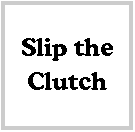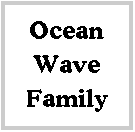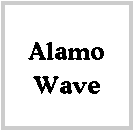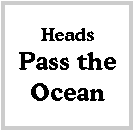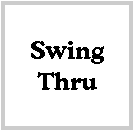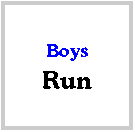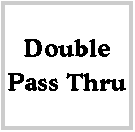| Movement |
GENERAL RULE: The directed (active) dancer moves forward in a semi-circle (180¡) around an adjacent (inactive) dancer to end in the adjacent dancer's starting position. Meanwhile, the inactive dancer, who may be facing in any direction, adjusts by stepping (without changing facing direction) into the vacated starting position of the active dancer. The active dancer doing the run has reversed his original facing direction. If the direction to run is not specified (right or left) and if the active dancer has an inactive dancer on each side, then centers run around ends and ends run around centers. Runs from an alamo circle are to the right unless otherwise directed.
(a) BOYS RUN, (b) GIRLS RUN, (c) ENDS RUN, (d) CENTERS RUN: The directed (active) dancers run around the inactive dancers using the general rule.
(e) CROSS RUN: Starting formation -line, two-faced line, or wave. Each of the two directed (active) dancers, who must both be either centers or ends, run into the spot vacated by the farthest inactive dancer. If the inactive dancers are centers, they sidestep to become ends; if they are ends, they sidestep to become centers. When the active dancers are both facing the same direction, they move forward in a semi-circle, pass each other and then run into the vacated spot on the far side. |
